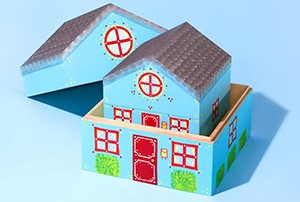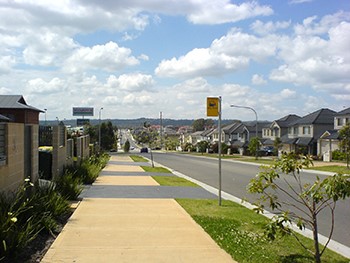 For most of you the weather has begun to turn. The autumn leaves are falling as we turn our focus indoors and with winter just around the corner, it’s the perfect time to consider your goals and projects for the remainder of 2016!
For most of you the weather has begun to turn. The autumn leaves are falling as we turn our focus indoors and with winter just around the corner, it’s the perfect time to consider your goals and projects for the remainder of 2016!
The Reserve Bank met in the first week of the month and dropped the official cash rate by 0.25% to 1.75%. This is great news if you have a mortgage but not so good if you have cash in the Bank. While we can’t imagine rates dropping further, who knows? We have a Federal election to deal with and community/business confidence is going to be vital to encourage the market rebound.
This newsletter checks the latest market update for capital cities around Australia, which shows the most expensive suburbs are buoying the national home valuations. I also take a look at the new Tiny Home Movement catching on in Australia – are you dreaming of downsizing your life?
There’s no need to spend hours researching which loan or lender is better – let me do the hard work for you! Pick up the phone and give me a call to get started.
Call me now on 0402 408944

Market update: Expensive suburbs show strongest growth
While combined capital city home values have increased by 6.4% over the past 12 months, analysing the rate of capital gains across different valuation brackets reveals a different story.
The recently released CoreLogic RP Data Home Value Index has provided a more detailed view on the rate of capital gains across three broad market segments: the most affordable quarter of capital city suburbs, the middle 50% of capital city suburbs and the most expensive quarter of capital city suburbs.
So how does your home stack up?
Sydney – home values across the city have increased by 7.4% over the past year after annual growth peaked at 18.4% in July 2015. Over the past year the most affordable suburbs have seen values rise by 8.0%, the middle market values are 6.6% higher and the most expensive suburbs have recorded value rises of 8.8%.
Melbourne – has recorded home value growth of 9.8% over the past year, down from 14.2% in September 2015. The most affordable suburbs have recorded value rises of 9.7% compared to 10.5% across the middle market and 10.0% across the most expensive suburbs.
Brisbane – has seen home values increase by 4.5% over the past year with the rate of value growth higher than it was a year ago. The most expensive suburbs have recorded value growth of 4.6% over the past year compared to a 5.1% rise in the middle market and a 5.7% rise across the most affordable suburbs.
Adelaide – has seen fairly steady increases in home value of 3.2% over the past year. The most expensive suburbs have seen values rise 3.2% compared to a 3.1% increase across the middle market and a 2.9% increase across the most affordable suburbs.
Perth – is the only major capital to have seen values fall over the past year. However, the annual rate of decline has started to improve, easing from -4.1% in November 2015 to the current annual decline of -2.0%. Across the broad valuation segments, home values have fallen -0.5% across the most affordable suburbs, are -1.5% lower across the middle market and are -2.1% lower across the most expensive suburbs.
Is it time to move? Let’s sit down together and find the perfect mortgage for your individual circumstances.

Trend alert: Extreme downsizing.
For generations, the great Australian dream was a big house on a quarter acre block. Around the world, however, the trend has been going in the opposite direction, with many opting for extreme downsizing – houses big enough to live in and nothing left over.
The Tiny Home revolution is now making headway in Australia – imagine a mobile home that gives you the ability to live debt-free with utilities costing as little as $10 per month!
We’re not talking caravans or a Winnebago here. The new Tiny Houses are more like a bespoke miniature of your existing large house, with clever storage, less environmental impact, smart capabilities and the opportunity to simplify your life down to what really matters.
The movement first attracted attention in the US after tiny houses were built to accommodate victims of Hurricane Katrina in 2005. A decade later and Australian’s (whose homes to date have been among the largest in the world) are embracing the trend.
Tiny homes, mobile or otherwise, are usually under 9.5 square metres and often focus on environmentally friendly design – think recycled materials, composting toilets, rainwater tanks and solar energy.
Scaled down furniture and appliances, built in storage nooks and crannies, loft or mezzanine bedrooms and generous decks are a recurring feature, encouraging residents to spend more time outdoors. This makes a tiny house a great option for a cost-effective weekender by the beach or in the bush.
The amount of energy required to heat or cool the house and products used to clean and maintain it are all minuscule, as are the raw materials required to build in the first place – with cost to build ranging from $4000 - $40,000 (though the sky’s the limit).
But if going tiny sounds great to you, make sure you seek advice from your local Planning Department first, as regulations differ from council to council. This is likely to change as housing affordability gets harder and the tiny home starts looking like a great debt-free option for more Australian homeowners.
